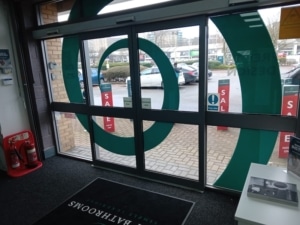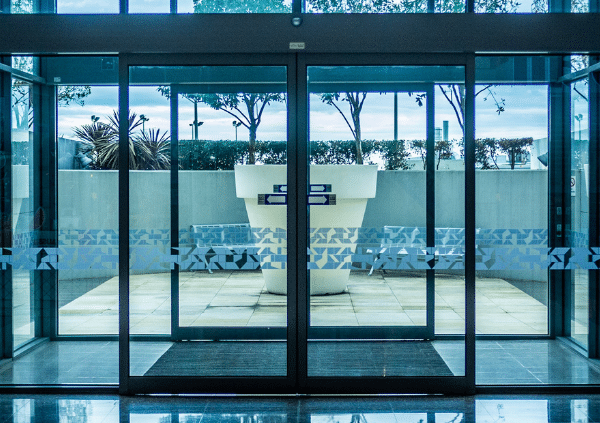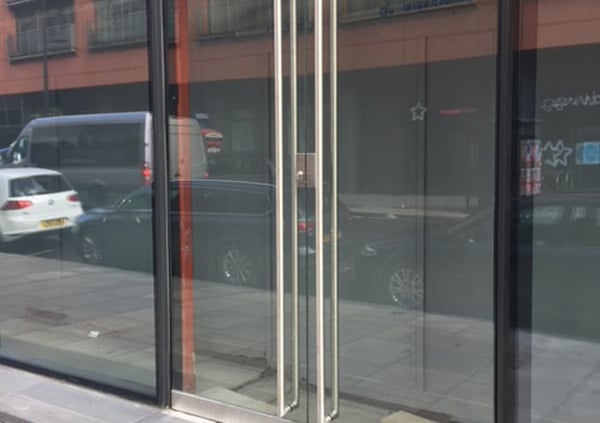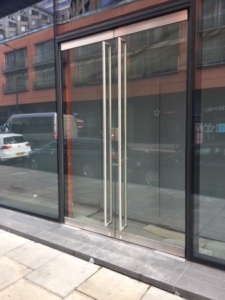Automatic doors are a convenient and accessible entry solution for commercial buildings, shopping centres, airports, and hospitals. They offer seamless entry and exit, energy efficiency, and enhanced accessibility. The main types of automatic doors include sliding, swinging, telescoping, and revolving doors, each with its unique advantages and disadvantages.
Sliding Doors

Pros:
- Space-efficient as they do not require clearance for opening.
- Offer smooth and fast operation, ideal for high-traffic areas.
- Can be single, double, or telescopic, providing flexibility in design.
Cons:
- Can be more expensive due to the complexity of the mechanism.
- Require regular maintenance to ensure smooth operation and safety.
Swinging Doors
Pros:
- Automatically return to the closed position, ensuring the door is seldom left open, which is good for energy conservation.
- Suitable for both single and double door configurations.
- Can be equipped with sensors to open only when needed, reducing energy loss.
Cons:
- Require clearance space for opening, which may not be suitable for tight spaces.
- May pose a risk of hitting someone on the swing side when opening.
Telescoping Doors
Pros:
- Provide a wider opening than standard sliding doors, making them suitable for areas requiring large entryways.
- Offer efficient use of space and can accommodate high traffic.
- Ideal for retail and commercial spaces where large openings are desired.
Cons:
- More complex mechanisms can lead to higher initial costs and maintenance requirements.
- May require more space for the door panels to retract, depending on the configuration.
Revolving Doors
Pros:
- Excellent for energy efficiency as they minimise air exchange between indoor and outdoor environments.
- Can handle high traffic while maintaining a constant entry and exit flow.
- Serve as an airlock to reduce dust and noise from outside.
Cons:
- Require a significant amount of space, making them less suitable for smaller entrances.
- Higher initial investment and maintenance costs compared to other types of automatic doors.
- May not be as accessible for people with disabilities or those using carts or strollers without additional accessibility features.
Conclusion
When choosing an automatic door, consider the specific needs of the building, including traffic flow, space availability, energy efficiency, and accessibility requirements. Each type of automatic door has its benefits and limitations, and the best choice depends on the application and the priorities of the building owner or manager. Regular maintenance is crucial for all types of automatic doors to ensure their reliability, safety, and longevity.



